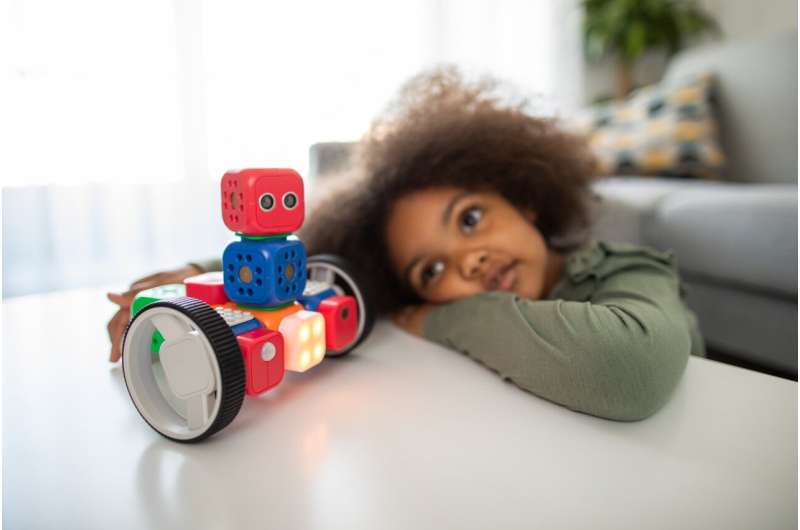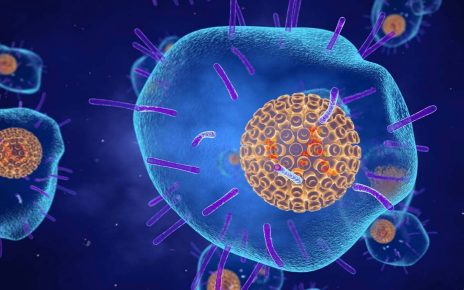
Signs of autism can be picked up as early as the first month of life, according to a new study from Duke University that used children’s health records to create an algorithm.
Infants later diagnosed with autism were much more likely than neurotypical children to have seen an ophthalmologist or neurologist, have stomach or gastrointestinal problems, or to receive physical therapy, said study author Geraldine Dawson, who directs the Duke Center for Autism and Brain Development.
“Infants who will go on to get a diagnosis of autism show very different early patterns of health care utilization,” she said.
Though the findings still need to be confirmed with further studies, if red flags for autism could be spotted in a child’s earliest days, pediatricians and parents could be put on alert and therapies quickly started.
“The most important contribution of this study is: we can use the first 30 days of a child’s health care experience to say ‘this child is really at risk,'” said David Mandell, a professor of psychiatry at the University of Pennsylvania Perelman School of Medicine, who was not involved in the research.
What the study found
The study relied on electronic medical records of 45,000 children who had been seen in the Duke University Health System as infants between January 2006 and December 2020.
Researchers used these records to train and evaluate machine-learning models. Their final algorithm was able to predict the babies who later developed autism, distinguishing them from those who later developed ADHD or other neurodevelopmental diagnoses.
The models looked “at a huge number of factors across the infant’s entire health profile,” said co-author Dr. Matthew Engelhard, an assistant professor of Biostatistics & Bioinformatics. “Each one of those factors contributes incrementally.”
The team was particularly attentive to how the model performed in groups of children who are often overlooked by traditional screening methods and therefore miss the advantages of early diagnosis, including girls, children of color, and those with combined diagnoses of autism and ADHD, he said.
If future studies confirm the finding, the algorithm could be used alongside other screening tools, parent reports and medical observations, Dawson said.
Gathering information automatically as the child receives care, the computer could alert a pediatrician that “based on the child’s pattern of utilization, they do have a higher likelihood of a later diagnosis of autism,” she said. “The goal would be to have the pediatrician provide more surveillance of this baby.”
What these early signs of autism could mean
This finding confirms that autism is not just a brain condition, but a whole-body one that can include digestive, sleep, neurological and vision issues, among others, Dawson said.
“We need to be thinking about autism as not only a behavioral health condition, but also a condition that involves physical health,” she said. “This is one way to take advantage of that information, in doing a better job at early detection.”
Autism is defined as a neurodevelopmental condition characterized by difficulties with social interaction and communication and by restricted or repetitive patterns of thought and behavior. A diagnosis typically comes when a child is 3 or 4.
Detecting signals so early in life also supports the idea that the foundation for autism is layed even before birth, said Marc Weisskopf, an epidemiologist at the Harvard T.H. Chan School of Public Health, who studies the role of the environment in autism and other neurological conditions.
“This is more evidence that whatever is triggering or causing this at the root, the origins are very early.”
Why diagnosing autism early matters
Other research has shown that early detection and intervention improves the outcomes for a child on the autism spectrum.
All toddlers are supposed to be screened for autism at their 18- and 24-months “well child” visits, according to the American Academy of Pediatrics.
This early signal, combined with concerns from parents and perhaps other screens, should be a signal for doctors to refer children immediately for early intervention, Mandell said.
“Don’t do your watchful waiting. Don’t try and minimize parental concerns. Get the kid to (early intervention) right away,” he said.
Most families, he said, would much rather have such concerns raised early, giving them time and mental energy to prepare for whatever might be to come.
Autism researchers are currently developing ways to help children as young as 6 months, Dawson said. Parents can be taught strategies for boosting social interaction, babbling and early communication that they can use when spending time with their baby, during baths, meals or at play.
(c)2023 USA Today
Distributed by Tribune Content Agency, LLC.
Source: Read Full Article



